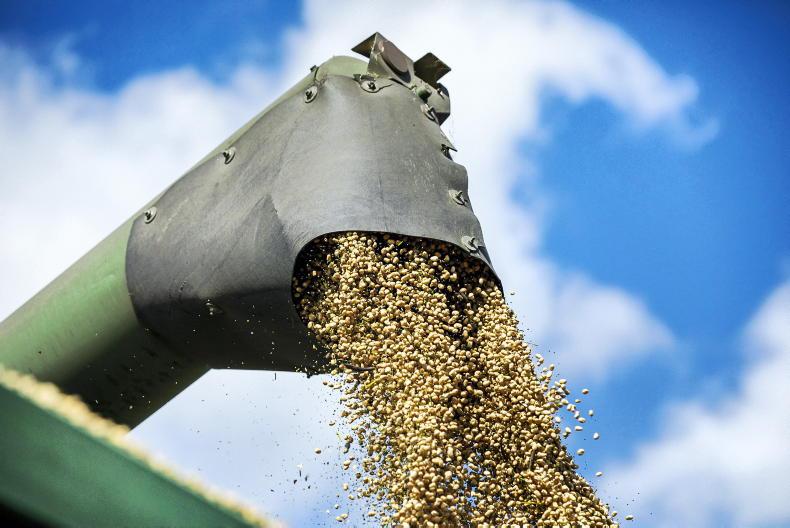Recent research from Teagasc suggests that many Irish tillage farms are carbon neutral.
This is extremely valuable information and more detail is to come on this research, but if Irish grain is to stand up against imported rations, then robust figures on its carbon footprint are needed immediately.
The carbon footprint of feed is becoming more and more important for consumers.
For example, Aidan Brennan writes in this Focus that Arla, a dairy co-op, is going to pay its suppliers a sustainability payment if they do not feed soya bean to animals.
Scale
The Global Feed Lifecycle Assessment Institute (GFLI) is where feed importers look for the carbon footprint of feed.
Irish feed rates quite well on this scale, but more work is needed to verify the claims that Irish tillage is carbon neutral and this needs to be shown through lifecycle assessments.
Research is badly needed on the lifecycle assessment of individual Irish grains.
At present, Bord Bia is carrying out sustainability audits on farms and these audits do not differentiate between imported grain or Irish grain, except for soya. This change was made last year.
Develop opportunities to leverage the benefits of home-grown grains over imported alternatives
At present, two identical farms, one feeding a completely Irish ration (apart from minerals and molasses) and the other feeding a ration made up of entirely imported ingredients could have the same carbon footprints. This does not make sense.
The Minister for Agriculture requested proposals from the National Fodder and Food Security Committee on ways to maintain and increase tillage area in this country last July.
Proposals
Among the seven proposals issued to the Minister was the following: “Develop opportunities to leverage the benefits of home-grown grains over imported alternatives in terms of carbon footprint and food miles for both food products and animal feeds.”
The proposal, if carried through and if it finds that Irish grain carries a lower carbon footprint than imports, would make a robust case for the use of Irish grain in rations.
Perhaps it could lead to a premium being paid for low-carbon footprint dairy or meat products.
We won’t have enough Irish grain to feed the national herd anytime soon and Irish tillage farmers should continue to aim for premium markets such as drinks and porridge, but we could add value to the feed grain which accounts for the majority of the grain produced and that would be a good thing.
